“Empathy has the power to bring together people who would otherwise never meet. It has the power to teach us and to reach us in moments of isolation when we think nobody understands.”
— Dr. Vivek Murthy, Surgeon General of the United States
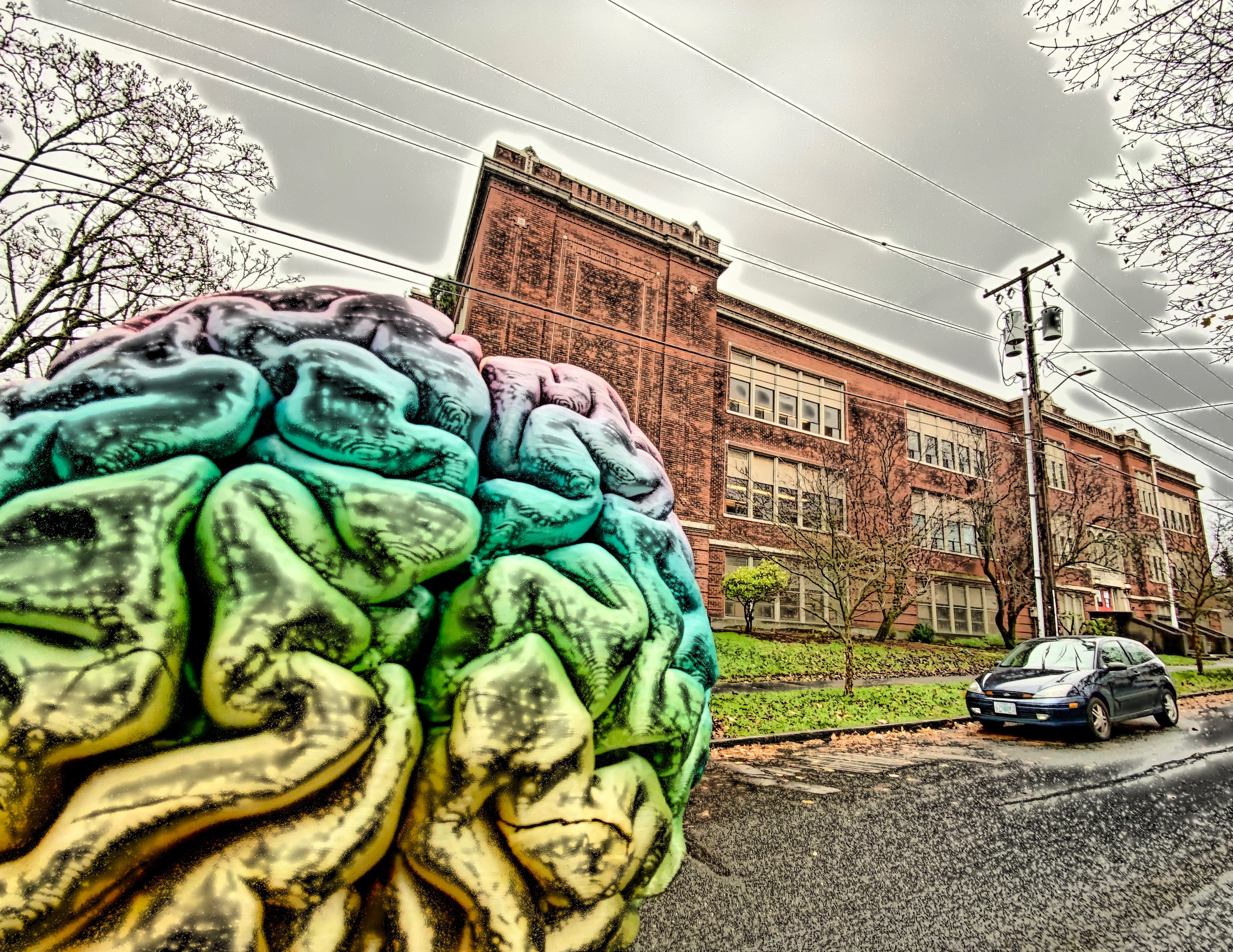
LEARN MORE: The Neurodevelopment of Empathy in Humans
LEARN MORE: How we empathize with others: A neurobiological perspective
LEARN MORE: The Social Brain: Neural Basis of Social Knowledge
Go places!
On a mossy December morning – during finals week no less – TEN volunteer undergraduates and faculty from Portland State University arrived at Alliance High School in North Portland. Our participants included Jackie Zavala, Kira Rosen, Alex Phanphackdy, Bharani Nallamala, Taylor Degeneres, Britta Harbury, Skye Skalbeck and Dylan Smith, all studying neuroscience and excited to share research and insights on art and brains!

Alliance @ Kenton is a small, supportive Portland public high school with day and evening hours for students ages 16 to 21 who are within twelve credits of graduation. We were invited by Geof Garner, the Trio Alternative Pathways Director at Alliance, with whom we’ve joyously collaborated before.
LEARN MORE: Threshold through TRIO
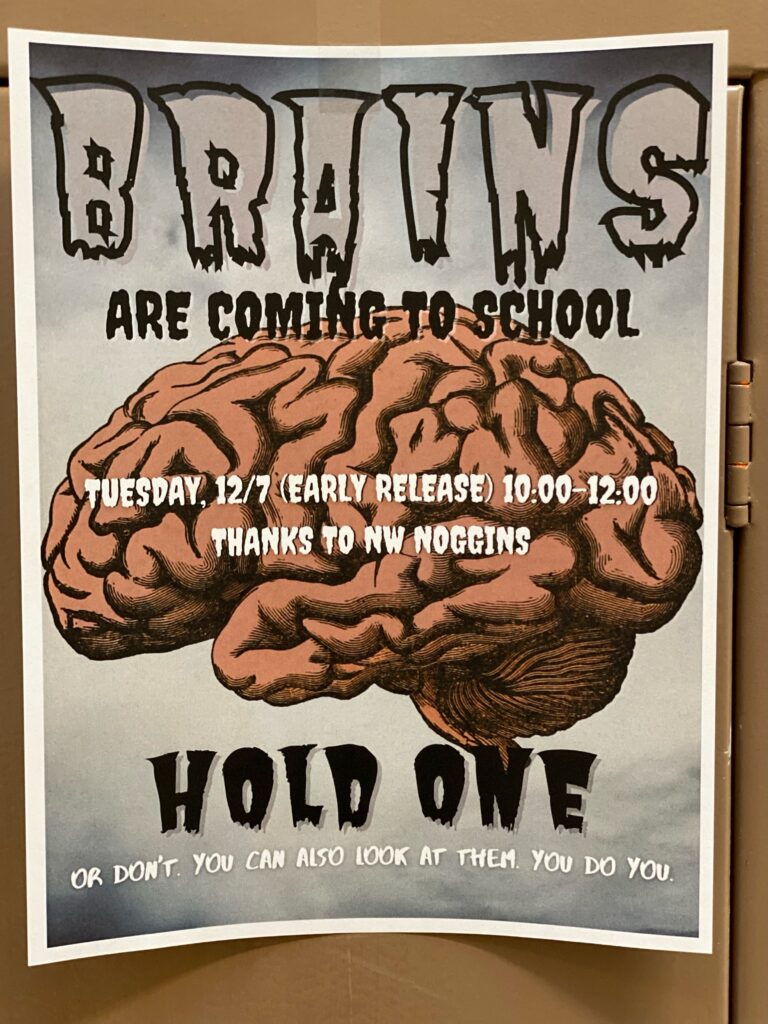
Youth Mental Health
Vivek Murthy, the U.S. Surgeon General, had just issued a new advisory on Youth Mental Health, warning that “the challenges today’s generation of young people face are unprecedented and uniquely hard to navigate.”
“And the effect these challenges have had on their mental health is devastating.”
LEARN MORE: Protecting Youth Mental Health
Only about 40% of Alliance students regularly attend classes, and like many recognized in the Surgeon General’s report, they face challenges. According to Dr. Murthy, “In 2019, one in three high school students and half of female students reported persistent feelings of sadness or hopelessness, an overall increase of 40% from 2009.“
LEARN MORE: Youth Risk Behavior Surveillance Data Summary & Trends Report: 2009-2019
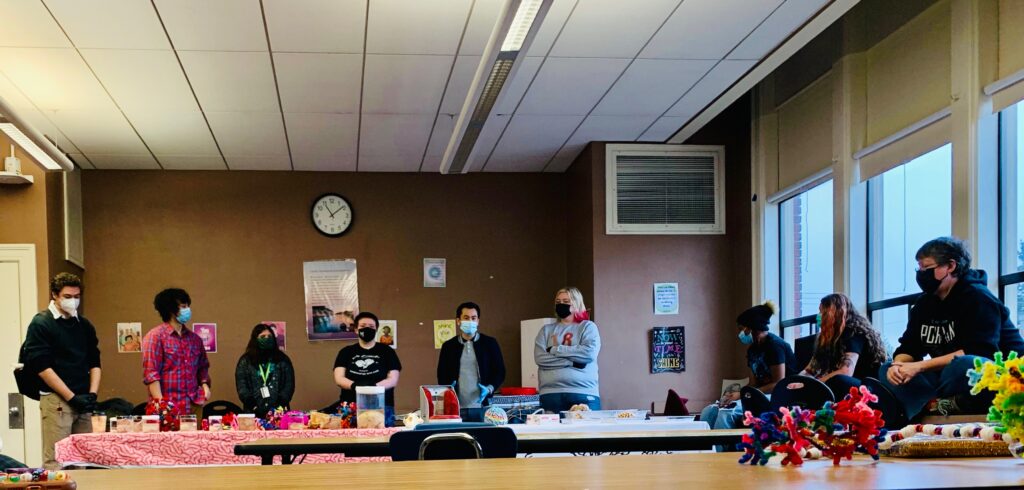
“We know that mental health is shaped by many factors, from our genes and brain chemistry to our relationships with family and friends, neighborhood conditions, and larger social forces and policies. We also know that, too often, young people are bombarded with messages through the media and popular culture that erode their sense of self-worth—telling them they are not good looking enough, popular enough, smart enough, or rich enough. That comes as progress on legitimate, and distressing, issues like climate change, income inequality, racial injustice, the opioid epidemic, and gun violence feels too slow.”
— Dr. Vivek Murthy, Surgeon General of the United States
Inspiring questions
Young people also have exciting and compelling questions, insights, interests and skills!
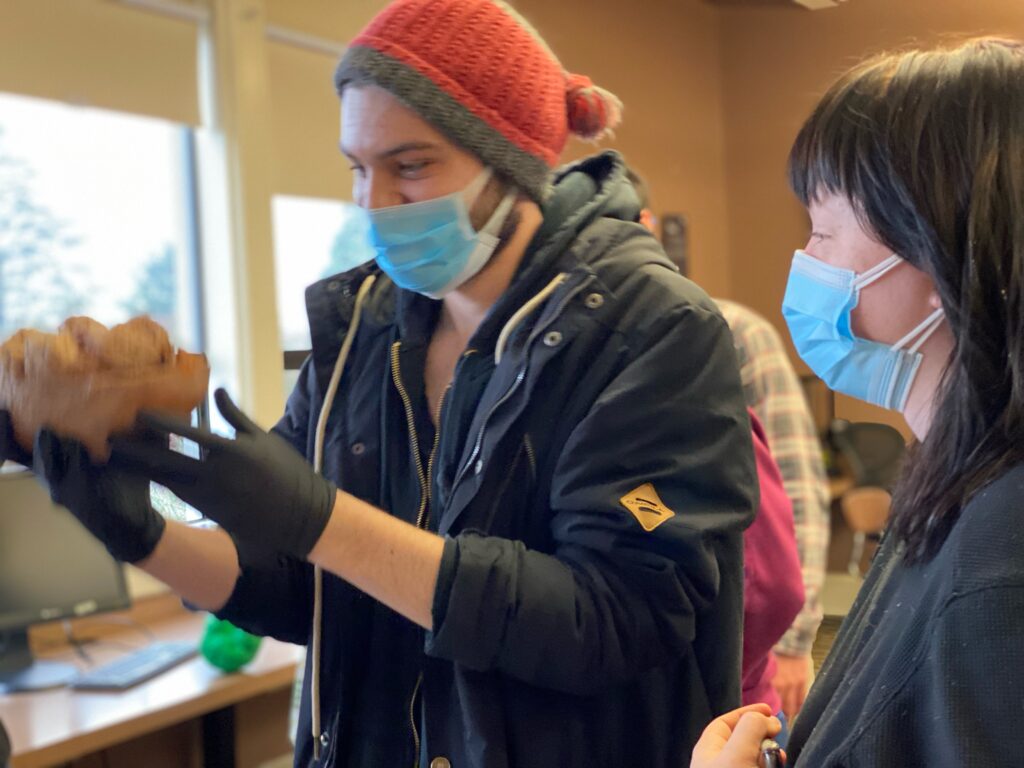
A school counselor reached out before we arrived at Alliance, writing: “I talked to our students about your visit. Topics they are interested in include the way in which the following affect neurodevelopment: Music/Art, Gaming, Anxiety/Depression/Stress, Prescribed medication (especially around mental health), Recreational drug use…”
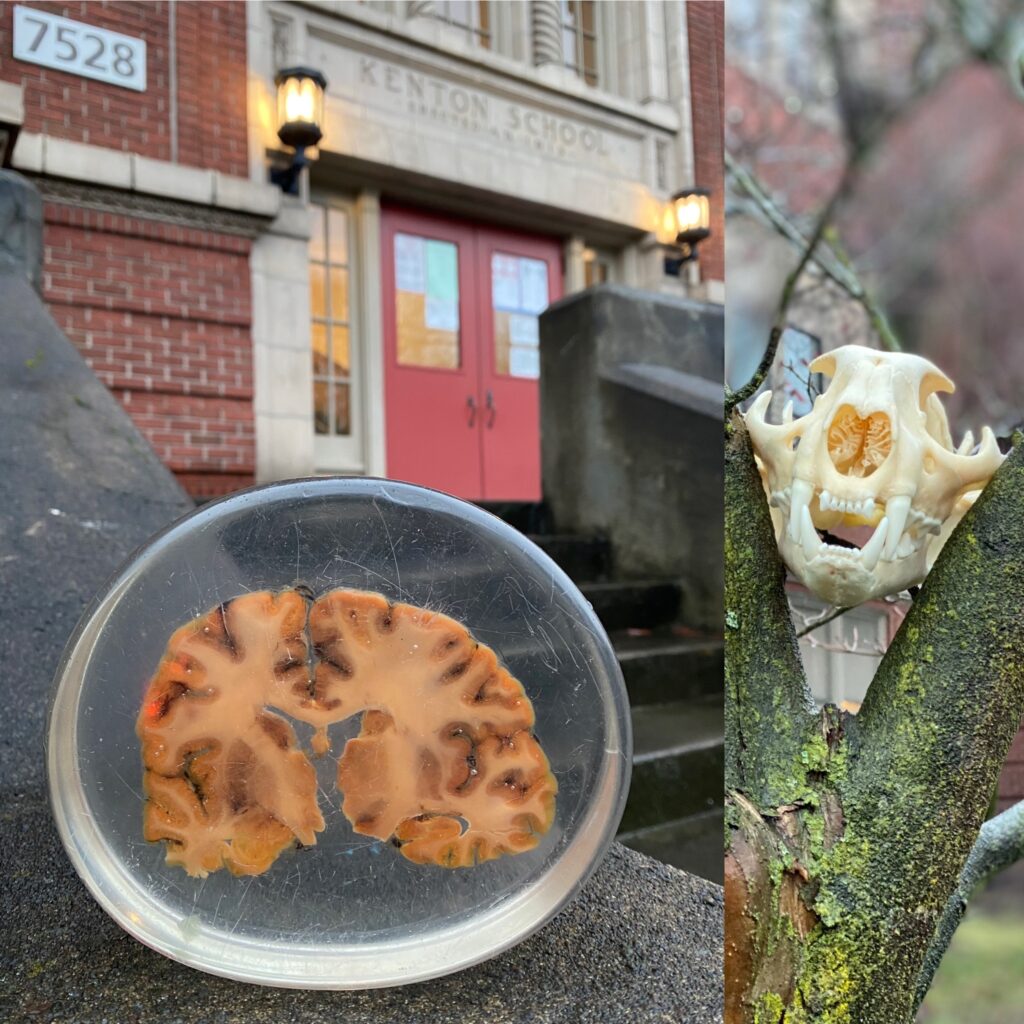
We enjoyed two hours discussing fascinating, intuitive and perceptive questions about adolescent brain development and the influence of drugs, sleep, music, art, stress and video games!
LEARN MORE: Tumors, music & drugs!
LEARN MORE: Video games don’t cause violence
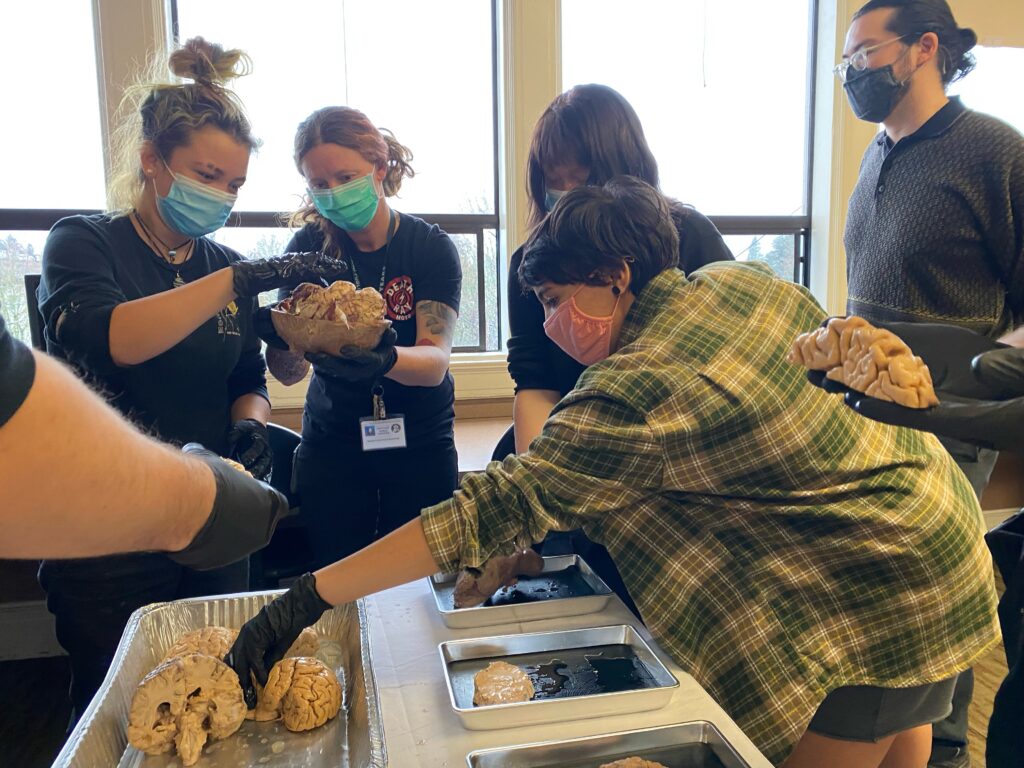
Our volunteers also shared their own powerful, unique and complicated paths to becoming college students, and the challenges they face in navigating education, families, community, healthcare, housing, bias, costs and careers. Listening to the shared stories of Alliance students and Noggin volunteers was powerful medicine, opening channels of empathy and connection.
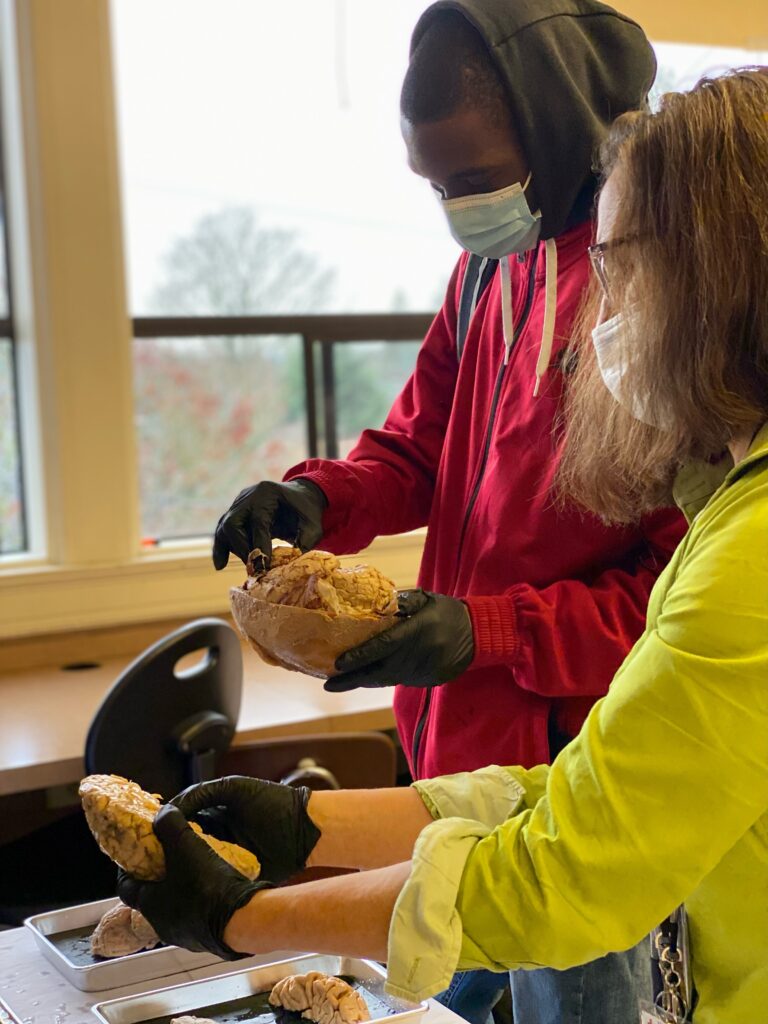
Seeing other people
“Empathy is choosing to see ourselves in another despite our differences. It’s recognizing that the same humanity – the same desire for meaning, fulfillment and security – exists in each of us, even if it’s expressed uniquely.”
— Dr. Vivek Murthy, Surgeon General of the United States
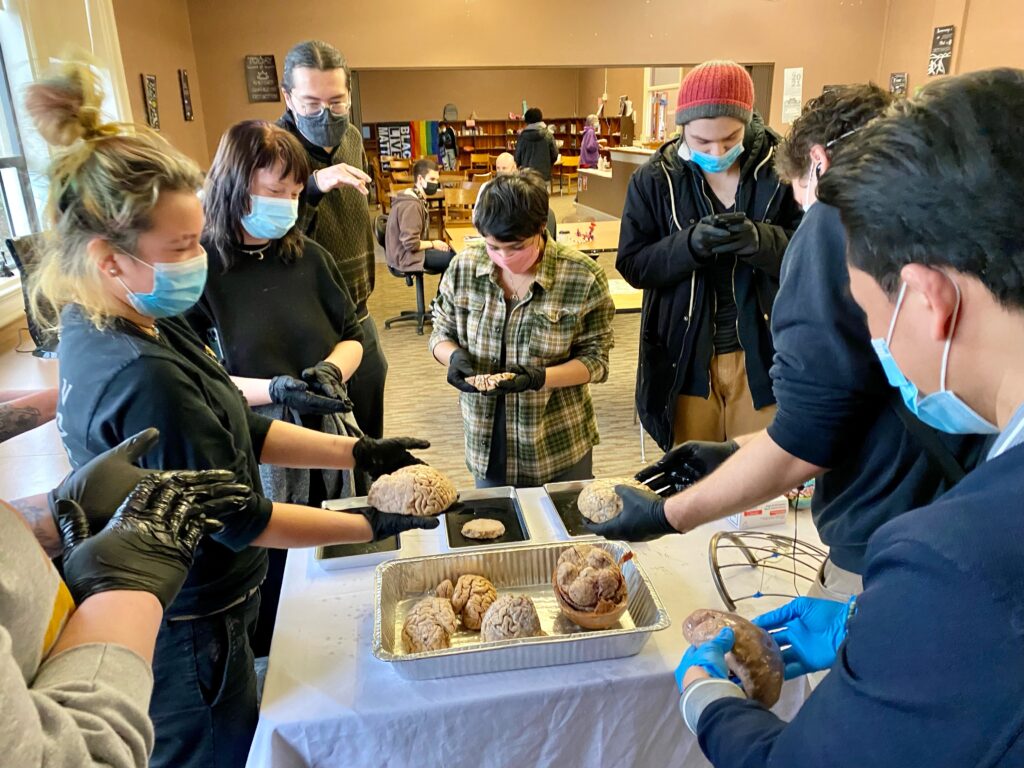
LEARN MORE: Seeing us all through research & art
From Taylor DeGeneres, PSU
“Today’s volunteer experience was amazing! I really enjoyed getting to see the students’ curiosity about brains. Especially the questions surrounding mental health and medications used to treat certain disorders. It was so cool being there and seeing how everyone who came really wanted to learn more about brains and try to understand what is going on in the brain.”
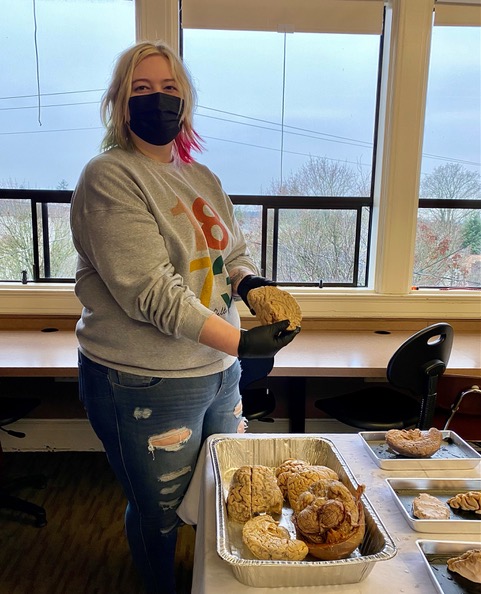
“Being able to volunteer in person was an amazing opportunity. It was also my first time getting to see (and touch!) a brain in real life, so it was fun to experience that for the first time with the students.”
From Jackie Zavala, PSU
“This was my first time volunteering for Noggin, but I think it went really well and the students at Alliance seemed really engaged. It was very cool to see them relate their own experiences and ideas to the new information they were learning.”

“One question that stuck with me was the one asking how mental illnesses could affect or change the brain. This question was pretty broad, but it got at a big topic regarding how mental disorders and treatment of those disorders can be so different for every person even if they manifest similarly.”
“Along with that, there were many fun conversations about why brain shape and structure varied so much among different people and species and how these changes came to be. Thank you again for giving this opportunity to volunteer with you!”
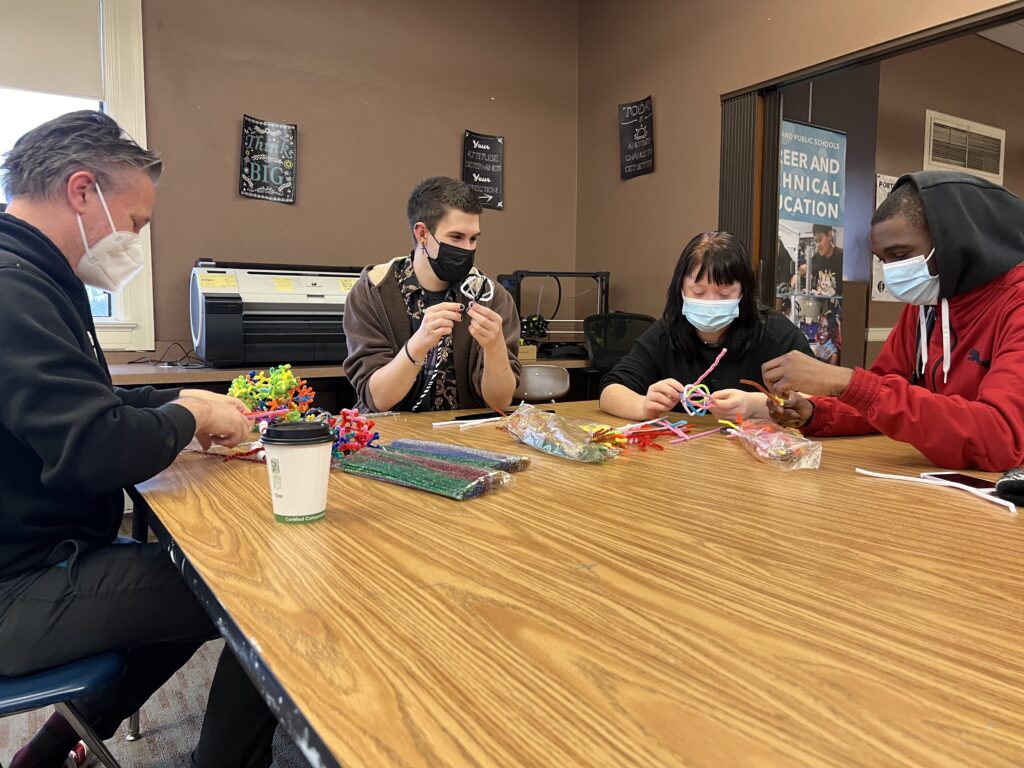
From Skye Skalbeck, PSU
“When we first started talking to the students, one spoke up and mentioned that he was in recovery and asked about the neurophysiology behind some of the withdrawal symptoms he had been experiencing, like significant fatigue, general disinterest, and inability to focus. I was struck by the great amount of vulnerability and power it takes to be a high school student willing to talk about experiencing addiction and being clean.”
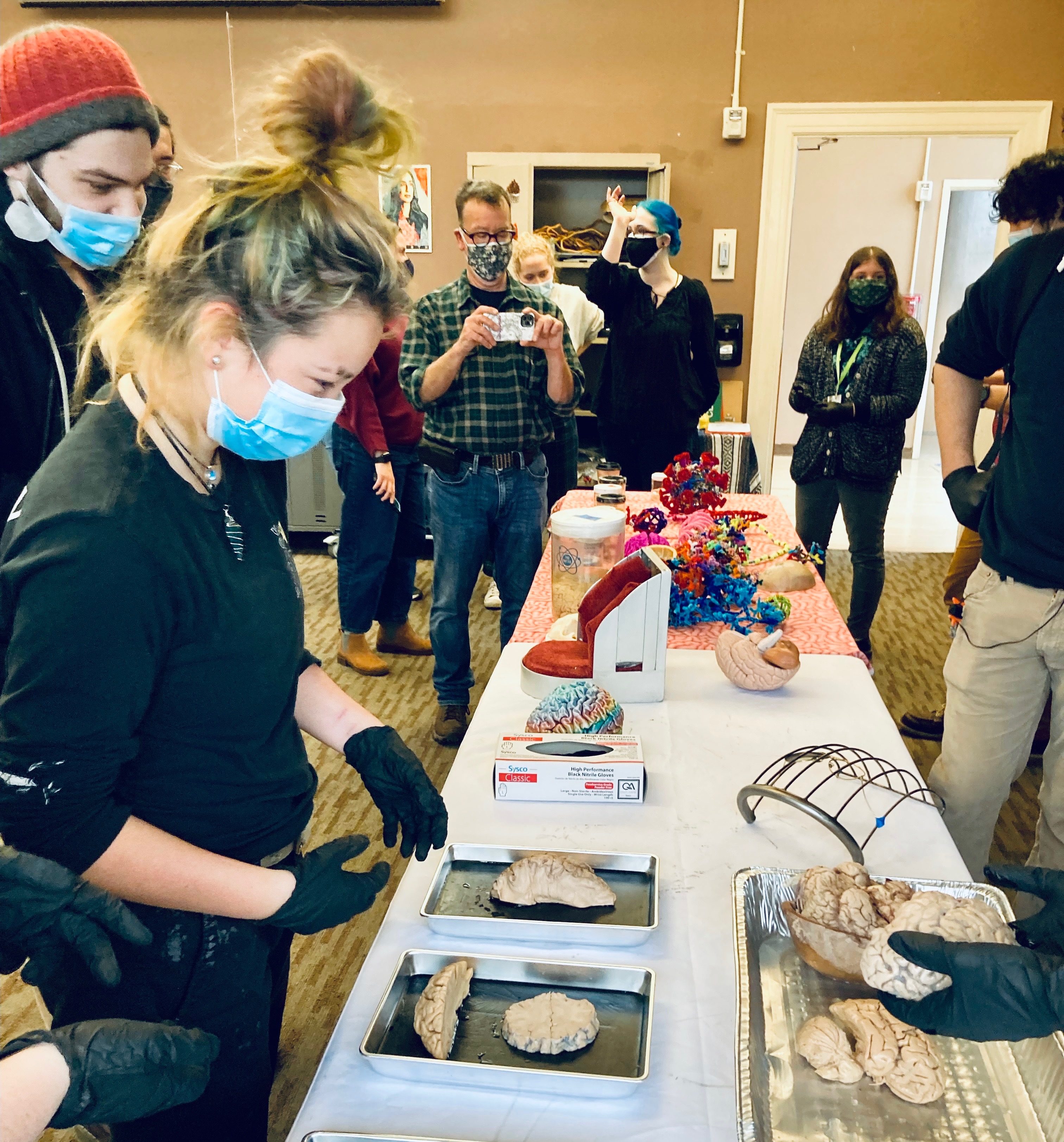
“I think that was the best part of the morning — the openness to bring our whole selves to learning about the brain.”
“Some of us were able to talk about mental illness — not only in how diversely it presents in the brain but our personal experiences with it and how it impacted our school experience. Science is seen as a very impersonal subject, but that just is not true! I hope that this experience showed the Alliance students that.”
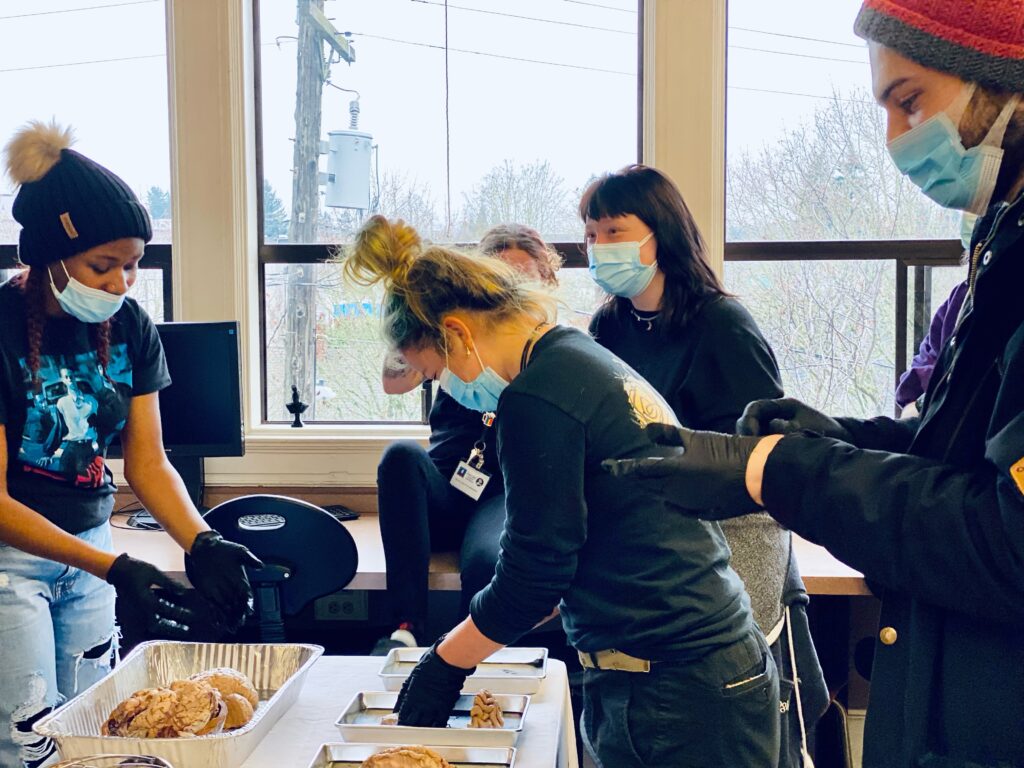
“When we opened up to having folks come up to the table and chat, a lot of excitement and laughs happened. The many animal brains were very fun to look at, especially the teeny tiny chicken brain and the ferret brains with the spinal cords still attached. Some other questions about epilepsy and football-related concussions came up, as well.”
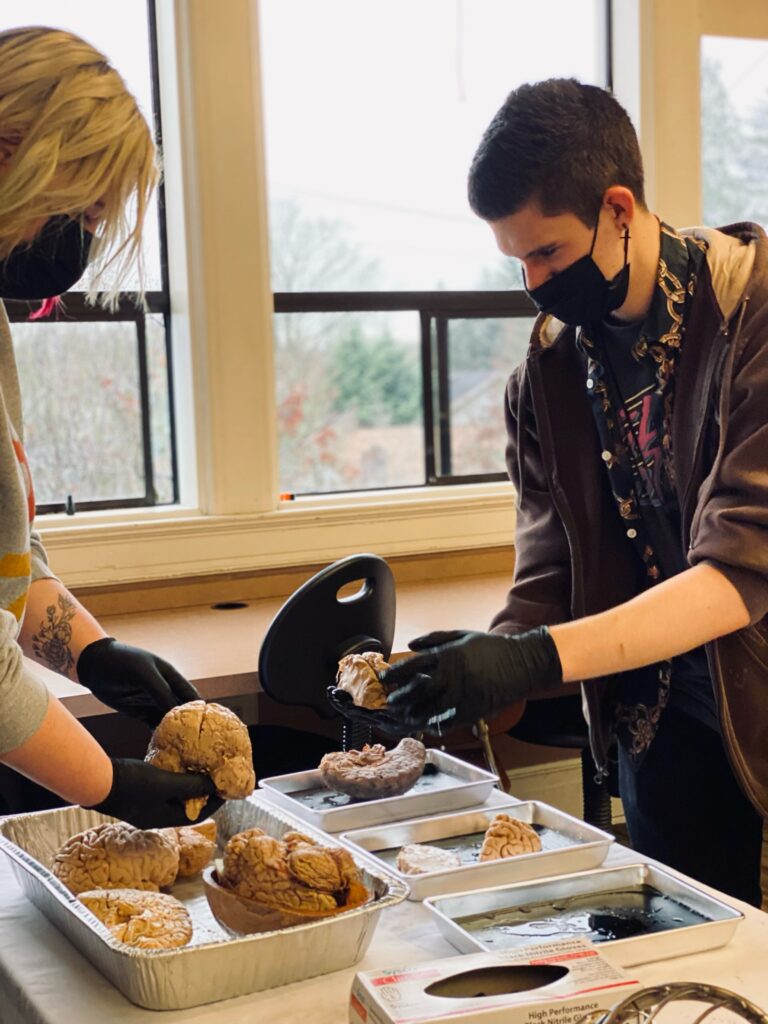
“It reminded me that learning does not have to mean one person talks at a group of passive others, it means everyone is joyously and curiously engaged. I am so glad I was able to make it to this event, and I am so excited for more!”
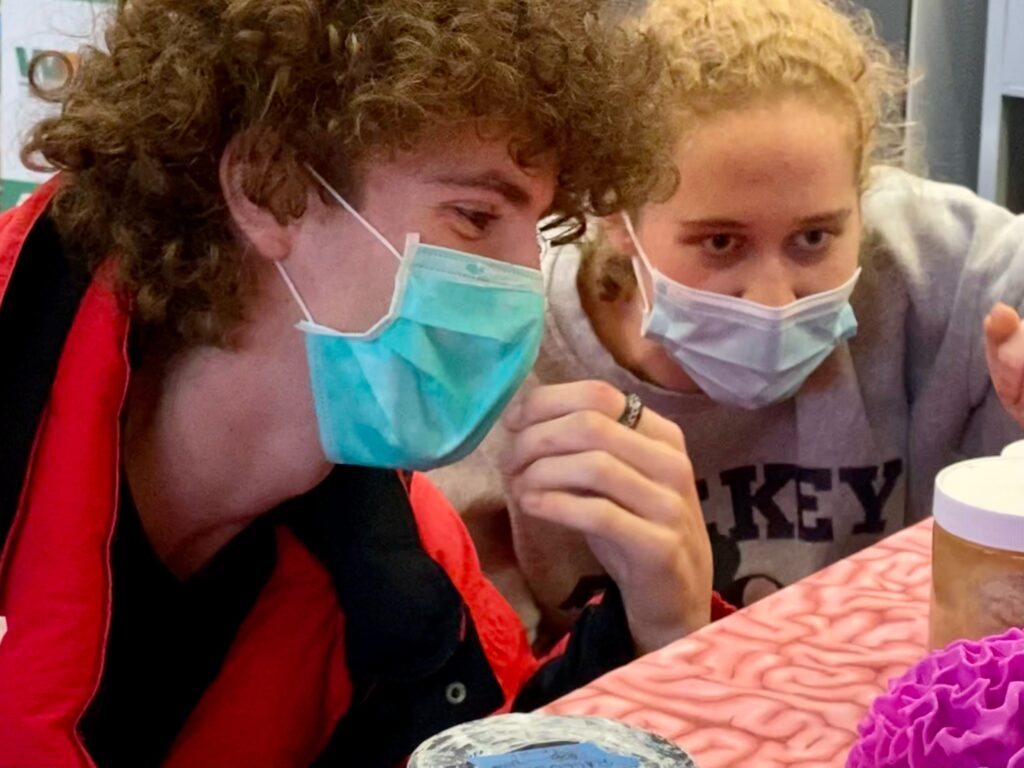
From Britta Harbury, PSU
“In my experience, when dealing with mental health and well-being, knowledge is power.“
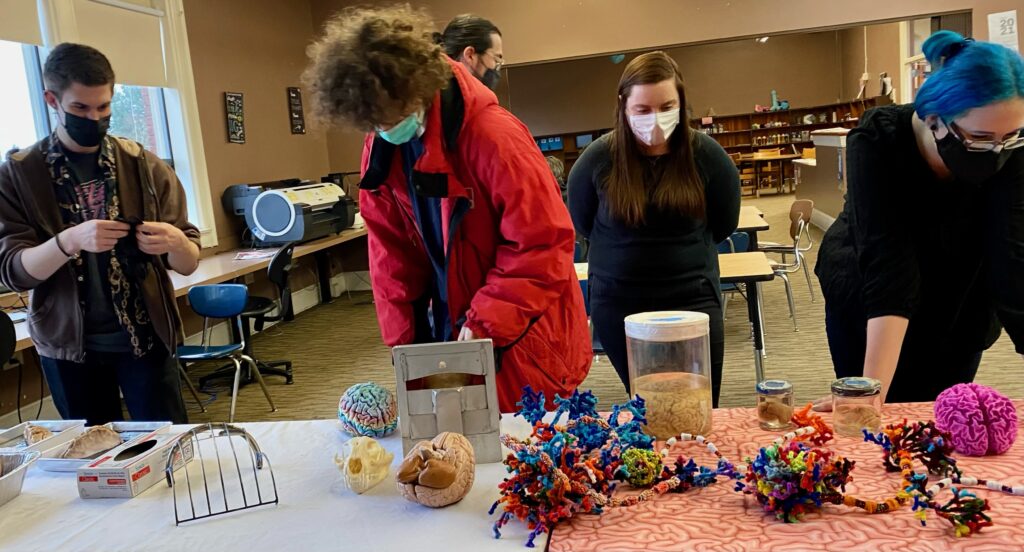
“The students and staff had fantastic questions for us and a wealth of first-hand knowledge to bring to the table. Academia has a bad habit of devaluing the experiences of the people living with the issues we research and study, which is a shame because personal experience is integral to the discussion of mental health. I‘m honored that I was able to learn from their experiences and share my experiences in turn.”
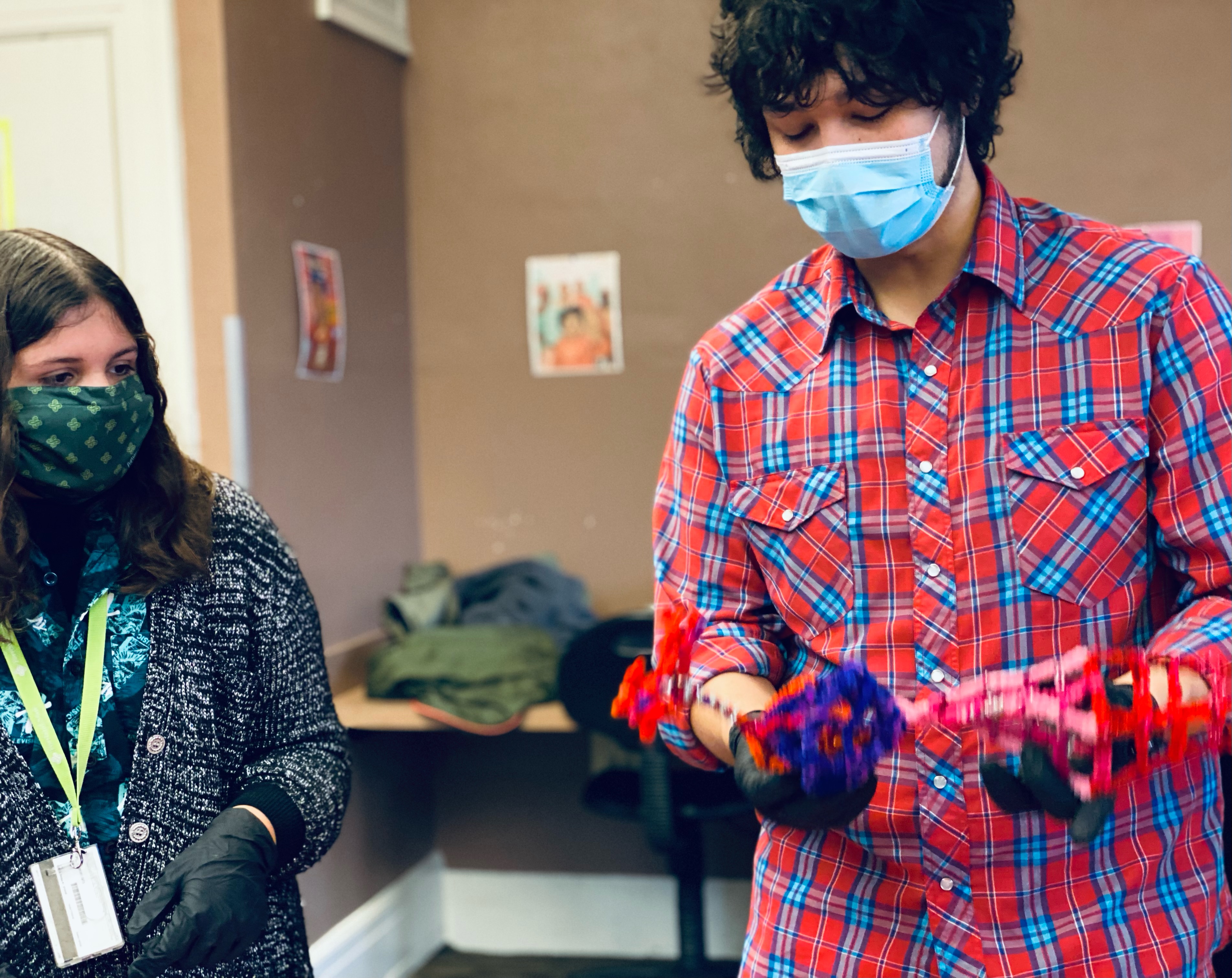
From Alex Phanphackdy, PSU
“It was so much fun to be in a room with people who were curious about the brain! NW Noggin and the students of Alliance allowed space for us to learn neurodevelopment and share mental health experiences to promote mental well-being. There were many memorable moments and stories along with great visuals and actual brains to enhance learning and create one big synaptic connection as a group.”
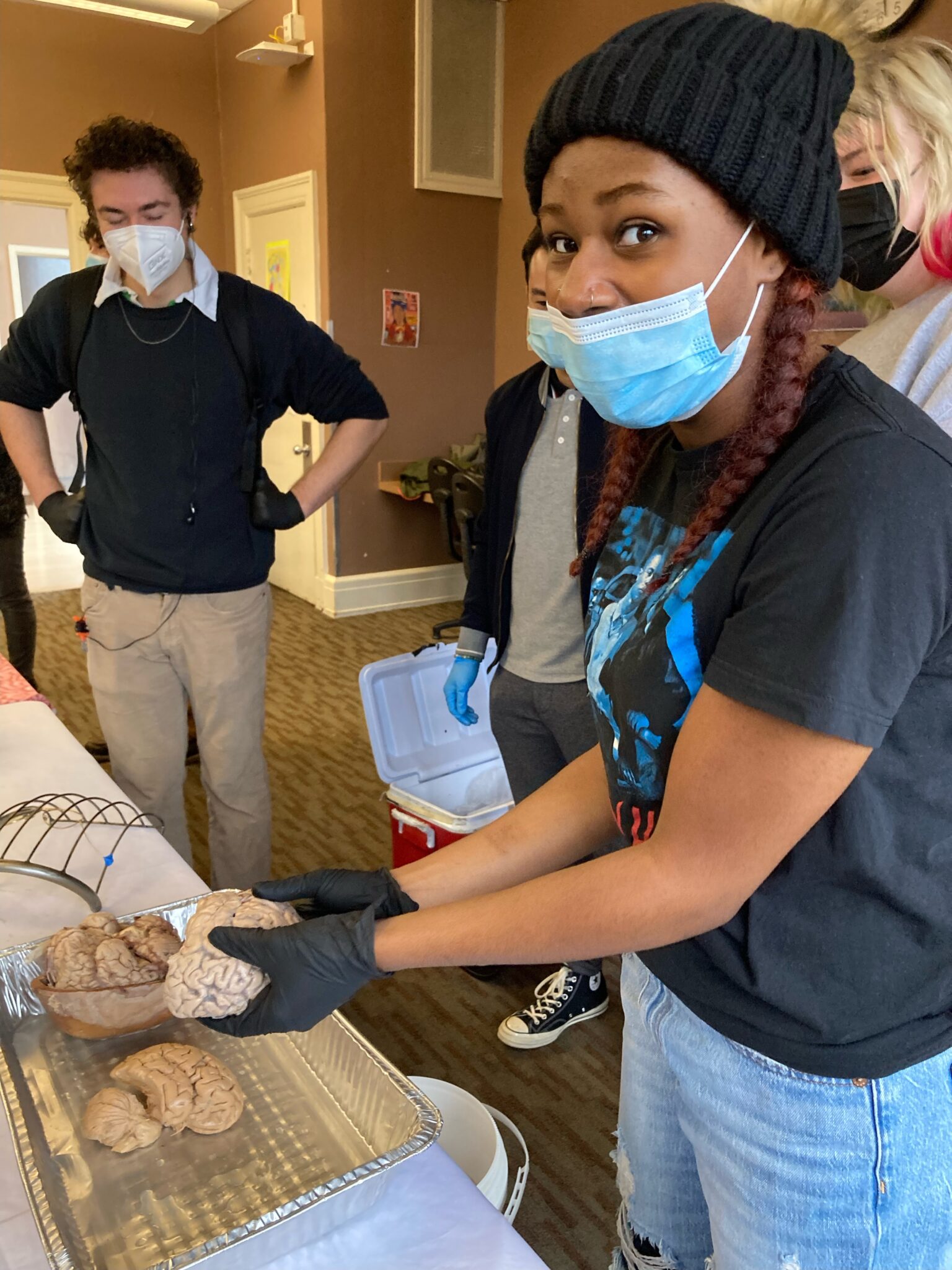
From Sam Mutschler-Aldine, PSU
“The experience was a unique lens into the questions of my fellow young students and their teachers, as well as my peers’ responses. It was interesting to hear a surprising amount of vulnerable and deep conversations sparked by kids who haven’t had the opportunity to learn about the neuroscience behind their rapidly growing brains, and how much they already knew intuitively. One person asked about overcoming addictions and relayed his personal struggle with substance use, how it affected his everyday life and how neuroscience could explain his non-reactivity to certain stimuli. I really enjoyed his thoughtful question and how eager he was to learn about the science behind something that otherwise doesn’t have an extraordinarily satisfying answer. It sparked a discussion about neurotransmitters and how substances can alter the anatomy of neurons at synapses, changing how you actually perceive the relative activity of dopamine or serotonin.”
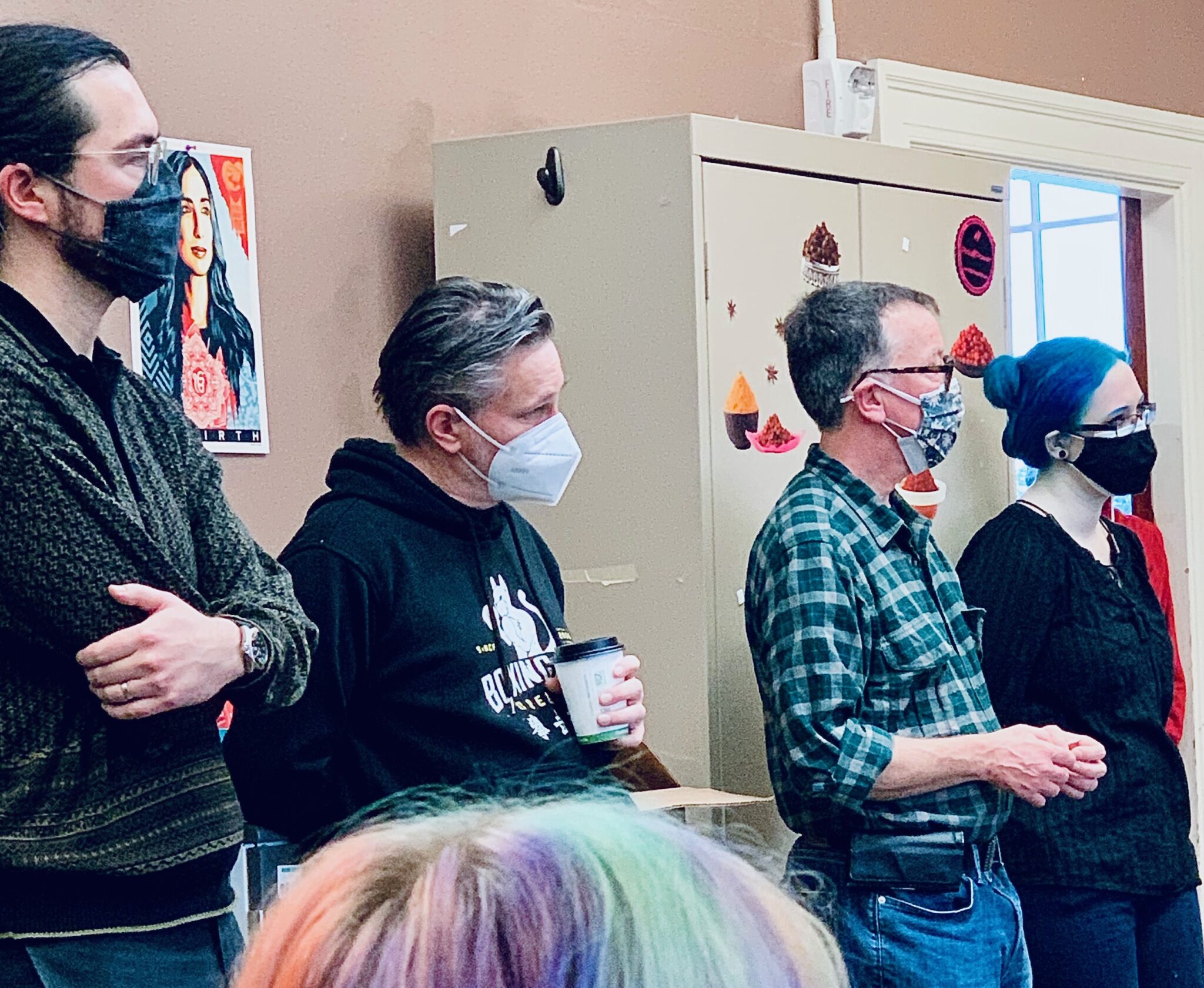
LEARN MORE: Substance Use and Co-Occurring Mental Disorders
“We also segued easily into learning, straight from anatomy, about how simply being back in an environment where you used to be addicted to a substance makes you more likely to relapse. Personally, in high school my anatomy and other science classes never delved this deep into explaining events that we all experienced on a regular basis, but here it was a nonstop educational experience that people could relate to and it made everybody more engaged. We talked about mental health, myself and other PSU students related to the high schoolers with our various disorders, demystifying what is a sensitive and taboo conversation for many people and especially teenagers. I also learned a lot from explaining some aspects of psychology that I had learned about such as epigenetics, because it meant cementing what I had learned in class enough to be able to concisely explain it, and every time somebody else answered a question I got to hear a description of something from a new lens. There were people of widely varying education levels in the subject so it was satisfying to both learn and teach new subject matter in the same environment.”
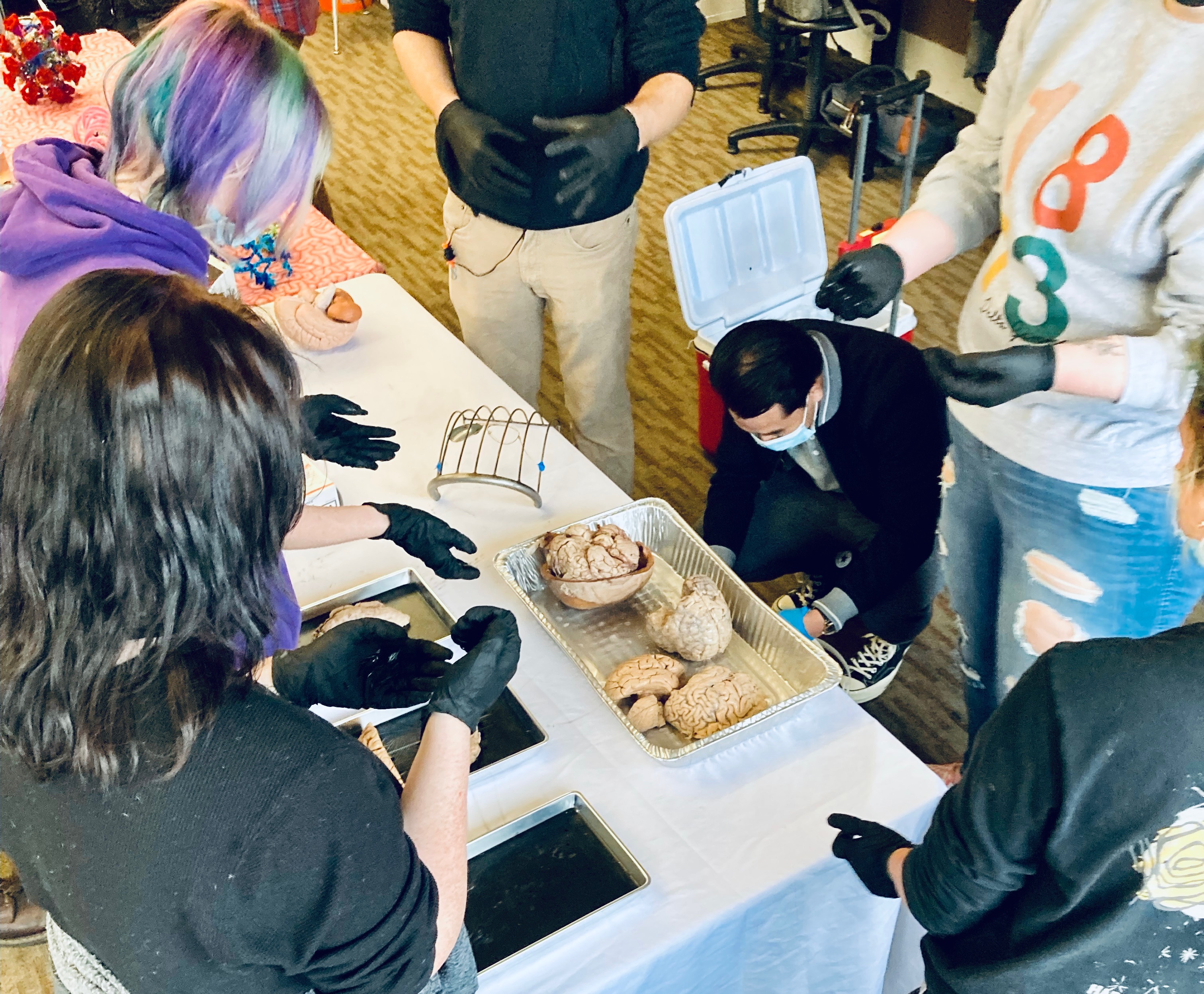
“Finally, the brains and the physical aspect of the experience made everything so much more compelling and had students engage more than any other technique I’ve seen. I, along with most people I know, am a kinesthetic learner and being able to hold a human brain and have somebody actually reach out to touch the specific region being discussed really cements that learning, because it’s so tangible. It’s a rare experience and after looking past the potentially disquieting narrative that the intact, living brain inside your head puts together about the histories of the people and animals who wound up on the table, you can see the opportunity for what it is; an uncommon, captivating learning experience.”
Thank you for putting the event on, I really enjoyed it!
From Geof Garner, Trio Alternative Pathways Director at Alliance
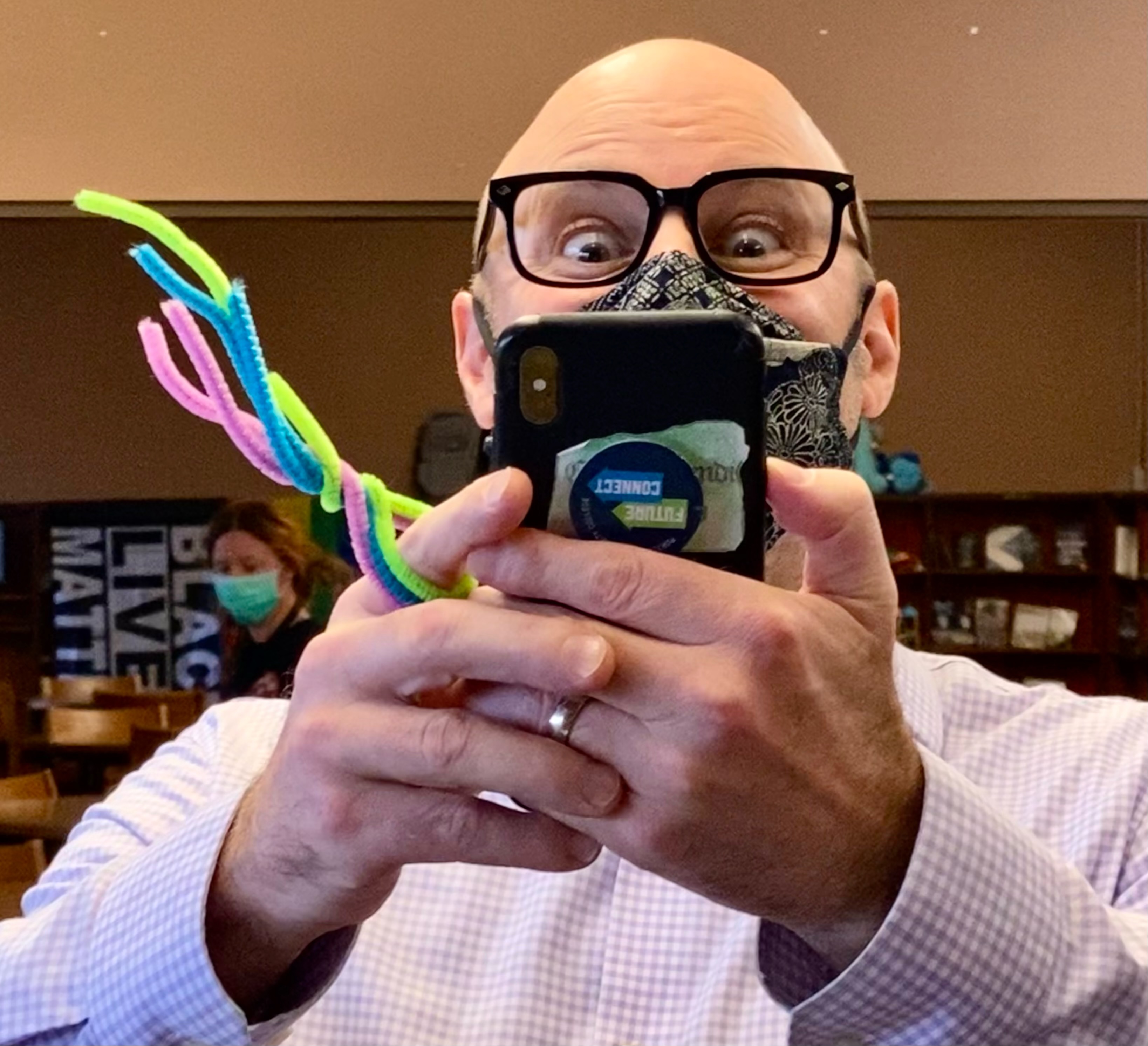
“That was wonderful!!! Thanks a million. We loved it. It was definitely the best experience this school year for everyone. You’re amazing!”


